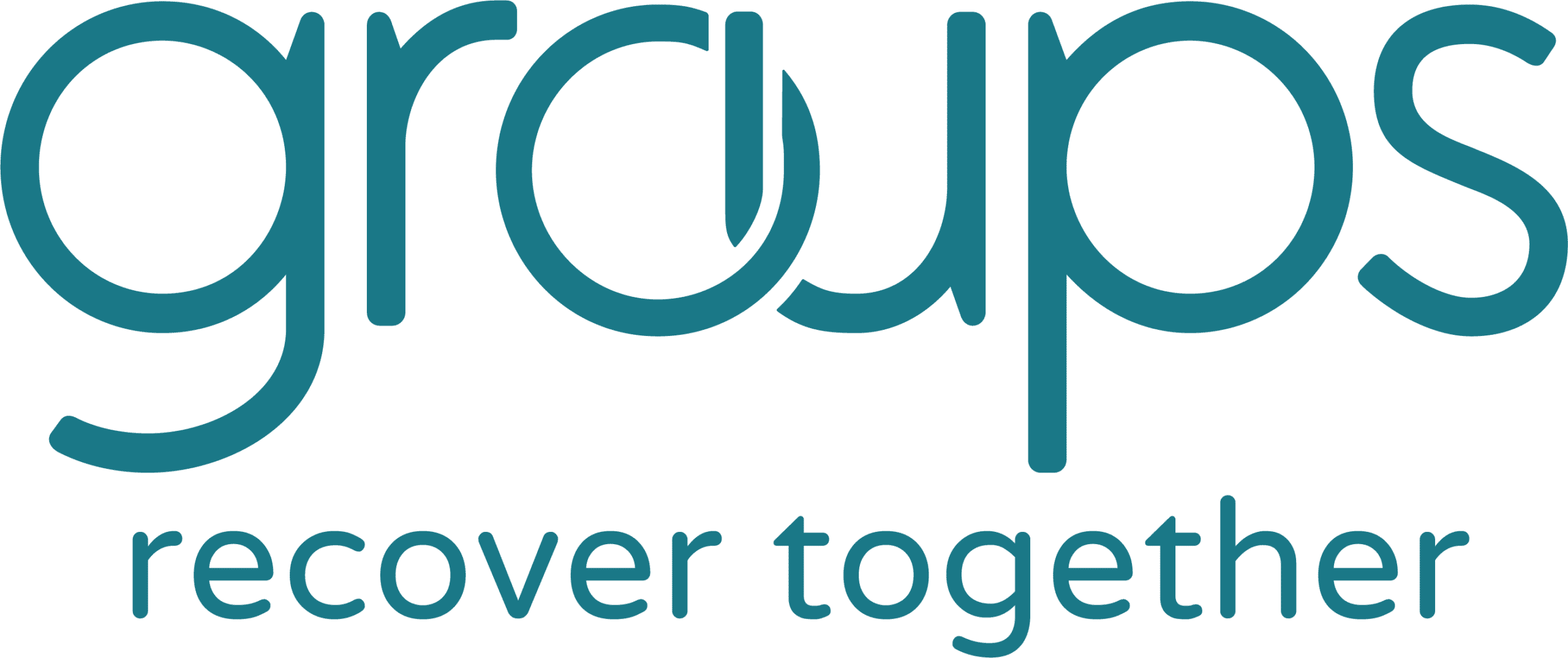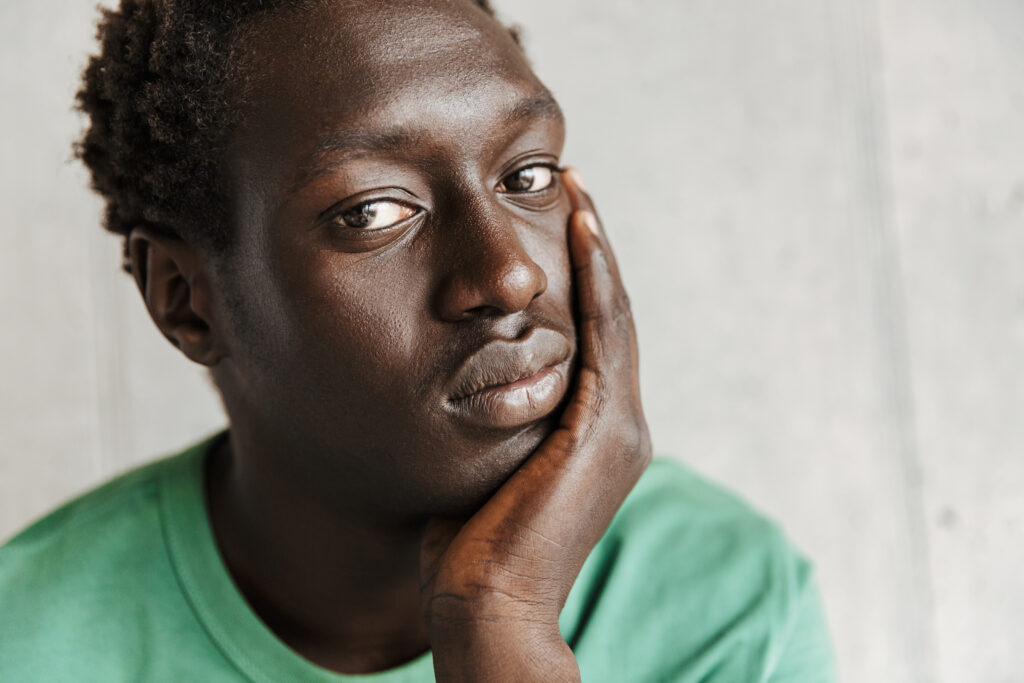Opioid use disorder (OUD) can affect your physical health, relationships, and goals for the future. When you’re ready to start your recovery journey, it’s important that you talk to your doctor to make sure that you go through it as safely and effectively as possible. One of the most important parts of your opioid use disorder treatment plan is medications for opioid use disorder, or MOUD.
Read on to learn about medications for opioid use disorder, including common types you may be prescribed and what you need to know about them. We’ll also discuss how MOUD plays a role in the success of Groups members.
Common types of medications for opioid use disorder
Several types of MOUD may be prescribed for you as you start the recovery process. While they have different ingredients and affect your mind and body differently, they all work to decrease opioid cravings while reducing withdrawal symptoms that can impact your everyday routines.
The most common medications for opioid use disorder are:
- Methadone — A long-acting opioid agonist, meaning it fully activates the same receptors in the brain as opioids. This helps reduce cravings and withdrawal symptoms without causing a strong “high” when taken as prescribed. Methadone works slowly and steadily, making it an effective treatment for opioid use disorder.
- Buprenorphine — A long-acting partial opioid agonist, which means it activates the same receptors in the brain as opioids do, but not completely. This “partial activation” reduces cravings and withdrawal symptoms while lowering the risk of misuse and overdose. It also has a “ceiling effect,” meaning its effects level off even at higher doses, making it safer than full agonists like methadone or other opioids.
- Naltrexone — A noncontrolled medication and an opioid antagonist, meaning it blocks the opioid receptors in the brain instead of activating them. This prevents the euphoric and sedative effects of opioids, helping to reduce cravings and prevent a return to use.
In emergency overdose situations, naloxone, also known by its brand name, Narcan, may need to be used. Rather than being a medication for opioid use disorder, it’s an opioid antagonist that works to reverse the effects of the opioids by attaching to the receptors.
What to keep in mind about using medications for opioid use disorder
If you suddenly stop taking opioids after your body has become dependent on them, it can lead to severe withdrawal symptoms and mental distress. When you decide to begin your recovery journey, it’s important to collaborate with your doctor to develop a safe and effective plan. Your doctor will determine the best approach for managing withdrawal and ongoing treatment, including whether to use a medication for opioid use disorder (MOUD). The choice of MOUD will depend on factors such as the duration and type of opioid use, your medical history, and potential side effects.
Here are a few things to remember about MOUD:
- Part of a bigger treatment plan — MOUD is often one of the first courses of action for treating opioid use disorder. However, it doesn’t have to be the only type of treatment used during recovery. While it helps the physical aspects of the disorder, such as cravings, it’s important that attention is also given to your mental health and life goals. Therapy and social services can be used alongside MOUD to address every aspect of addiction, from the triggers to the impact on relationships.
- Reduces health risks — Deciding to take action against your opioid use disorder means focusing on your health and wellness. Taking MOUD also helps you reduce the risk of health issues such as infectious disease transmission, pregnancy complications, and overdose.
- Used beyond initial withdrawal — The journey through recovery can often be lifelong. The goal isn’t only to safely stop using opioids right now, but also to maintain your recovery in the future. That’s why it’s possible that your doctor will prescribe you a MOUD for long-term treatment that goes beyond the first few weeks of withdrawal, to help you resist cravings for years to come. How long you use MOUD depends on your unique needs and health history and is a personal decision you can make with the help of a counselor and your doctor.
- MOUD saves lives — It is a clinically proven, life-saving treatment option for individuals struggling with opioid addiction. Studies consistently show that MOUD reduces the risk of death from opioid use disorder (OUD) by approximately 50% compared to those who are not in treatment. By stabilizing withdrawal symptoms and reducing cravings, MOUD allows individuals to focus on building a healthier, more stable life. Moreover, it significantly lowers the likelihood of relapse and overdose, which are critical risks for individuals with OUD, especially during recovery transitions.
Groups will help you understand the ins and outs of MOUD treatment
Medications for opioid use disorder are one of the most effective ways to help you start your recovery journey. At Groups, we make sure you have quick access to Suboxone. This prescription medication is a “gold standard” medication for opioid use disorder (MOUD) that you can pick up right from your local pharmacy, which makes it more accessible than methadone, which you often have to get from a daily clinic. Groups providers will make sure you get all the information you need to feel comfortable with your prescription. We’ll discuss everything from the benefits to possible side effects.
Alongside MOUD treatment, Groups members also have weekly group therapy sessions and help with social needs like general health care, transportation, housing support, job support, and more. We want to help you work toward becoming the person you want to be and the life you want to have.
Give our Recovery Support Specialists a call today for more information or to begin your recovery. If Groups doesn’t offer treatment in your state, you can locate other treatment options here.




